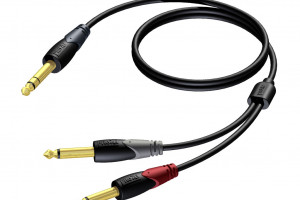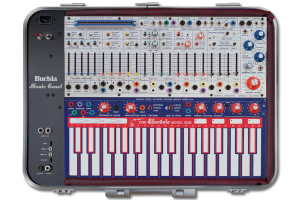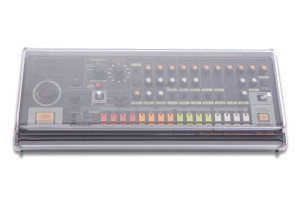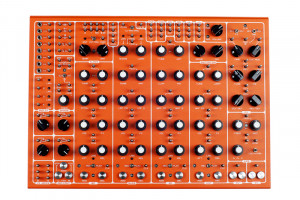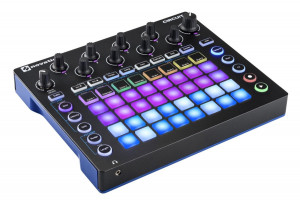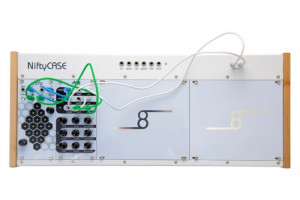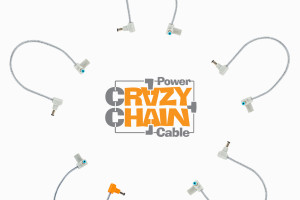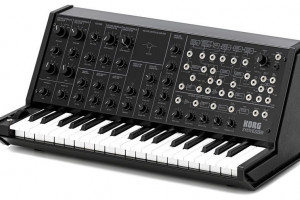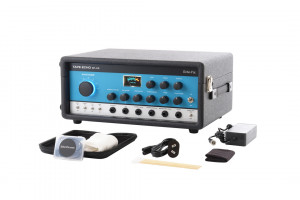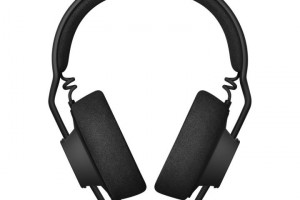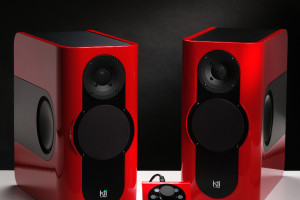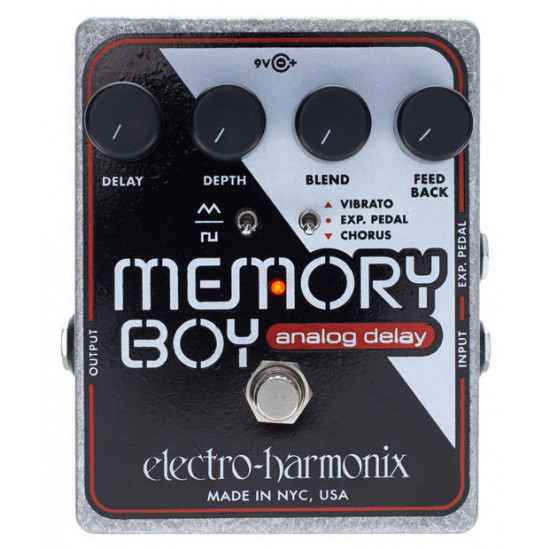
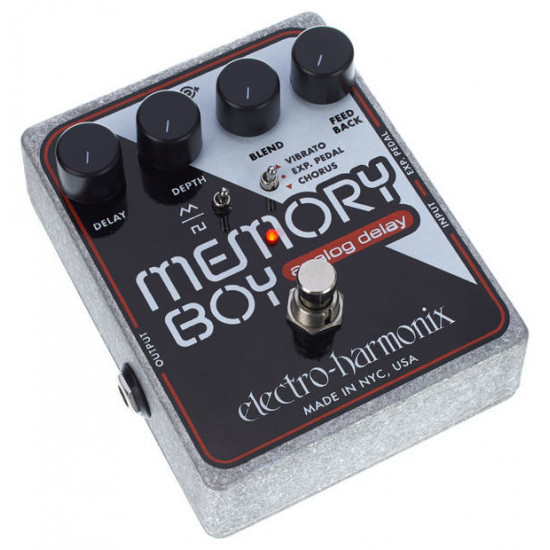
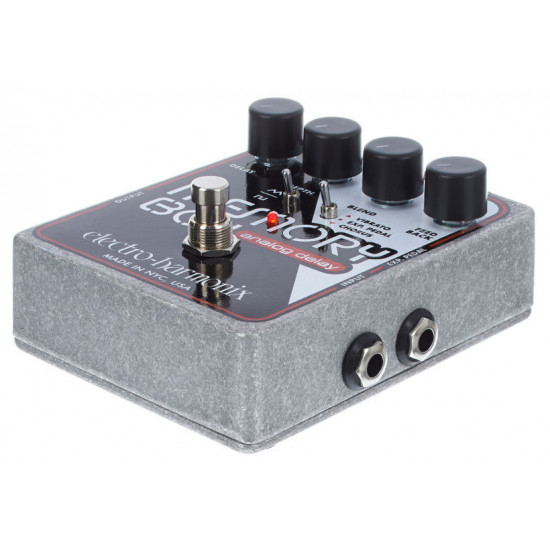



- Stock: In Stock
- Model: MEMORY-BOY
More from this brand
Electro-Harmonix Memory Boy a smooth analog delay that takes its heritage from our 1970’s Memory Man and the legendary Deluxe Memory Man. The Memory Boy uses the Deluxe Memory Man as a base, expanding upon it with additional modulation features and an optional Expression Pedal input allowing external control over Delay Time or Modulation Rate.
Connect your guitar to the INPUT jack of the Memory Boy and the OUTPUT jack to your amplifier. The Memory Boy can be used in combination with other effects devices. Experiment with combinations to develop your own unique sounds. The true bypass footswitch allows you to switch the effect in and out.
START UP TIME: The Memory Boy takes approximately 20 Seconds to fully warm up. During this time you will hear the delay time slowly increase for a given DELAY knob setting, especially if the DELAY knob is above 50%. After about 20 Seconds the Memory Boy settles on the delay time set by the DELAY knob.
DELAY Knob — Controls the delay time of your Memory Boy. The delay time range is 30 mS to 550 mS with the maximum delay time at the full clockwise position of the knob. Turning the DELAY knob, while listening to your echoes, will bend the pitch of your notes. The DELAY knob is also used to set the maximum delay time for expression pedal control.
DEPTH Knob — Sets the amount of modulation that is applied to your delayed signal. Turning the DEPTH knob clockwise will increase the amount of the modulation. To completely turn off the modulation, turn the DEPTH knob down to the full counter-clockwise position.
BLEND Knob — The BLEND knob is a wet/dry control allowing you to vary the mix between direct and delayed signals at the OUTPUT jack of the Memory Boy. Set the BLEND knob to the full clockwise position for an output that is 100% Wet. Set the
Blend knob to full counter-clockwise for an output that is 100% dry. Setting BLEND anywhere in between will mix the wet and dry signals together.
FEEDBACK — Controls the amount of signal that is circulated from the output of the delay block to its input. Turning the FEEDBACK knob clockwise increases the number of echoes. Setting the FEEDBACK control to its maximum clockwise position will cause the Memory Boy to run-away, or self-oscillate. If instead you only want to hear one echo for each of your notes, turn the FEEDBACK knob down to its full counter-clockwise position. Fairly high feedback with short delay settings produces a reverb type of effect.
Triangle / Square Toggle Switch — This two position toggle switch sets the shape of the analog modulation waveform. To hear the effects of this switch, the DEPTH knob must be turned up. When set to Triangle (UP position), Memory Boy’s modulation will be smooth and continuous, similar to the modulation you would hear in many Chorus effects. Set the switch to Square (Down position) and the modulation will jump between two delay times creating a temporary pitch shifting type of effect.
CHORUS, VIBRATO & EXP. PEDAL Toggle Switch — This three position, dual function toggle switch has two jobs: it sets the rate of modulation and chooses the parameter for the expression pedal to control.
MODULATION RATE: With nothing plugged into the EXP. PEDAL jack, this switch selects three different modulation rates: CHORUS for a slow rate, EXP. PEDAL for a medium rate and VIBRATO for a fast rate. When an expression pedal is plugged into the EXP. PEDAL jack, the CHORUS and VIBRATO settings remain the same; flipping the switch to the middle position, EXP. PEDAL, allows the expression pedal to control the rate of modulation. The full range of the expression pedal extends past the two rates set by CHORUS and VIBRATO.
EXPRESSION PEDAL CONTROL: An optional expression pedal can control either the Memory Boy’s delay time or modulation rate. The CHORUS, VIBRATO, EXP. PEDAL toggle switch selects the parameter for the expression pedal to control. When this switch is set to either CHORUS or VIBRATO modes, the expression pedal controls delay time. If the switch is set to EXP. PEDAL, the expression pedal controls the rate of modulation. The modulation rate increases as the expression pedal moves from toe up to toe down.
When you control delay time with an expression pedal, the shortest delay time will be in the toe up position; the longest delay time will be in the toe down position. The delay knob works in conjunction with the expression pedal to set the maximum delay time in the toe down position. As you turn the DELAY knob clockwise, the maximum delay time for the expression pedal will increase. Some expression pedals, such as the M-Audio EX-P, have a knob on the side of the pedal. This knob can be used to set the shortest delay time in the toe up position.
FOOTSWICH and STATUS LED — When the status LED is lit, the Memory Boy is in effect mode, when the LED is off the Memory Boy is in true bypass mode. The footswitch below the LED toggles between effect and true bypass modes.
- JACKS -
INPUT Jack — Connect the output of your instrument or another effects pedal to the ” INPUT jack. The input impedance presented at the input jack is 1 Mï—.
OUTPUT Jack — Connect the output of the Memory Boy to the input of an amplifier or another effects pedal.
EXP. PEDAL Jack — Allows the user to control the delay time or modulation rate with an optional expression pedal or control voltage. The expression pedal should have a Tip-Ring-Sleeve plug attached to it. It is important that the expression pedal have the correct polarity. The tip of the plug must be connected to the wiper of the potentiometer inside the expression pedal. If you are not sure what type of expression pedal to use, try to purchase one with a polarity switch, so that it will work with many different types of instruments. Some suggested Expression Pedals: Moog EP-2, M-Audio EX-P or Roland EV-5. You may also connect a control voltage to this jack. The Control Voltage range is 0 V to 5 V.
9V PWR JACK — Connect the output plug of the supplied AC Adaptor into the 9V power jack at the top of the Memory Boy. The Memory Boy requires 45mA at 9VDC. The polarity of the power jack is center negative. There is also an optional 9V battery clip inside your Memory Boy. Only use alkaline batteries with the Memory Boy. You should get 3 to 4 hours use out of one battery.
-285x169.png)
